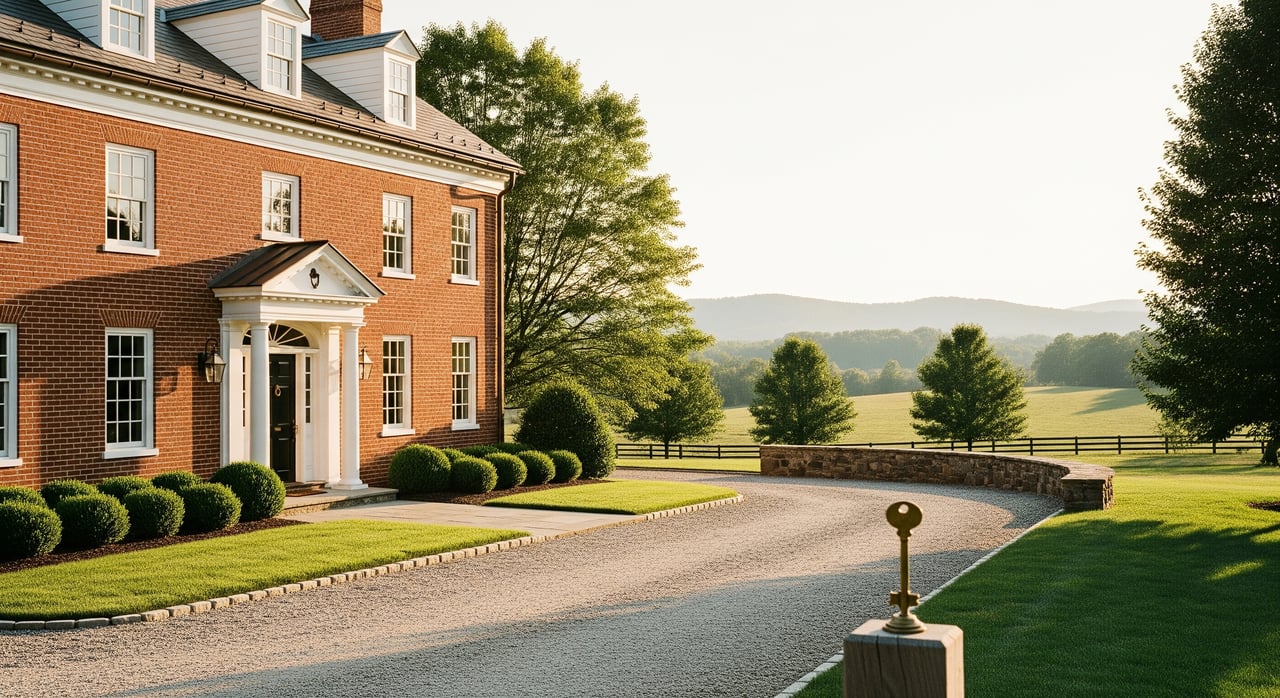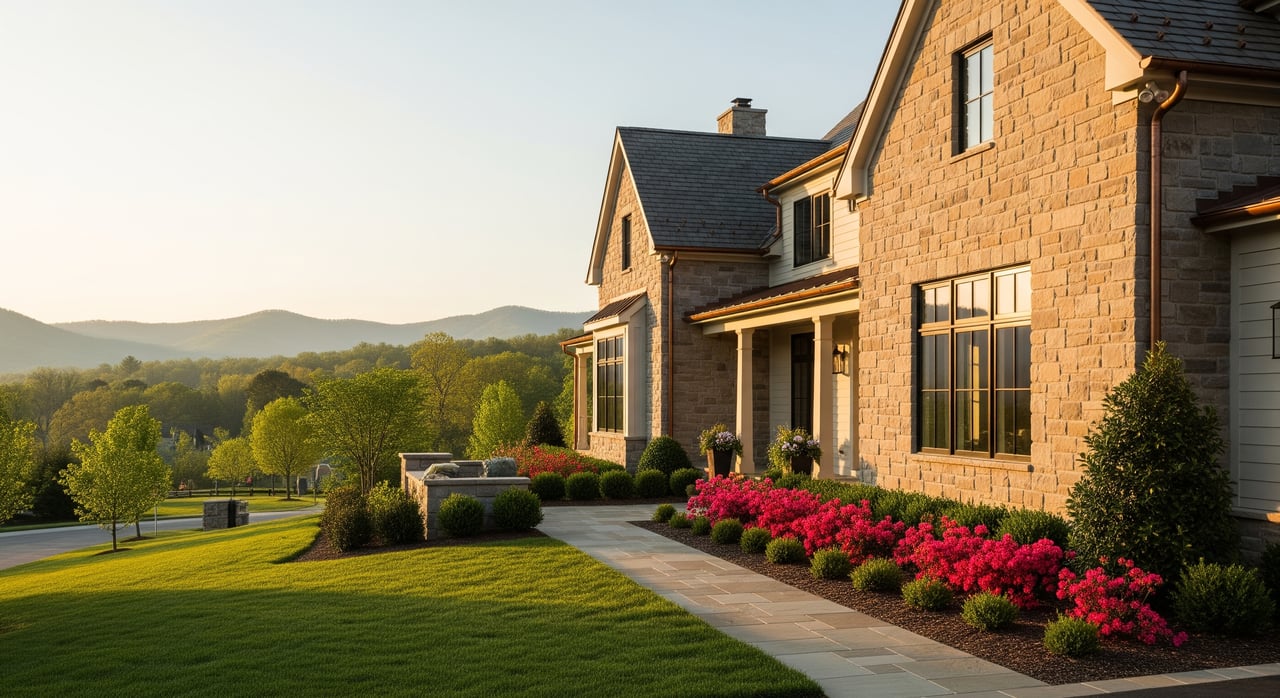Water damage can be a costly and dangerous problem for homeowners. It can cause serious structural damage, and health risks from mold, and require costly repairs. Fortunately, there are steps you can take to prevent water damage before it becomes an issue.
The Marjorie Adam Team has put together numerous checklists on home improvement and safety topics helps clients identify potential danger spots in their homes; this checklist addresses potential trouble areas for water damage, as well as how to fix them.
In this blog post, we’ll cover six common places around your house where water leaks might occur and how you can reduce the possibility of water damage with tips such as inspecting seals, pipes, windows roofing and foundations regularly. So read on to learn more about protecting your home from potential water problems!
Exterior trouble spots
Gutters and Downspouts
One of the most common causes of water damage to a home comes from clogged or damaged gutters and downspouts. Full gutters and downspouts can cause water to back up on the roof and damage vulnerable areas, it can be directed towards your foundation where it can find points of entry, or it can undermine the stability of the soil that supports your foundation.
To reduce the chances for water damage, inspect your gutters and downspouts for debris often. Make sure they are securely attached to your home with no gaps or dislodged pieces. Clean out debris that has collected and replace any damaged parts.
Exterior Spigot
Another potential source of water damage is an outdoor spigot. Water dripping or running from a damaged, loose or disconnected spigot can cause water damage within the walls of your home or can find its way inside by running down the foundation wall.
To prevent water damage, regularly inspect your outdoor spigot for leaks - especially following winter or a cold spell - and make sure it is securely connected your home. Make sure to disconnect hoses in the winter and use the shut-off valve if installed.
Interior Plumbing
Clothes washer line
An important component of interior plumbing that can cause water damage is the line to the clothes washer. Water flowing through these lines are high pressure and if the hoses are not upgraded to reinforced hoses, they can burst, causing damage to the walls, floors and ceilings.
To reduce the potential for water damage, upgrade the cold and hot water lines to reinforced hoses and inspect your washer line often for any leaks or loose connections.
Bathtub
The bathtub is one of the most common places for water damage, since it is exposed to moisture every day. Water can easily escape from a bathtub, causing damage to the surrounding walls and floors.
To reduce the potential for water damage from a bathtub, it is important to inspect it regularly for any cracks or leaks. Make sure that the drain is secure and that all of the caulk around the edges of the tub is in good condition.
Roof
Chimney Flashing
Chimney flashing is an important part of keeping water out of your attic. It is installed where the chimney meets the roof to create a watertight seal. Water can seep in through holes or cracks in the flashing, causing leaks and damage to the roof and attic.
To prevent water damage, inspect your flashing often to make sure it is secure and free of gaps or holes.
Plumbing Vent Collar
The plumbing system vent needs to be properly installed and monitored in order to avoid water damage. The rubber collar that protects the piping from the roof is a necessary component for this system. If the rubber collar becomes deteriorated, it can cause water to leak through the pipes and into your home, leading to potential mold growth, foundation damage, and other issues.
To reduce the potential for water damage, inspect your plumbing vent collar and make sure it is in good condition.
Water damage can be a serious issue that can cause significant harm to your home and wallet. That is why it’s important to inspect all potential danger spots in your house regularly for any leaks or signs of water damage.
With some effort, you can help protect your home from costly repairs due to plumbing issues by inspecting seals, pipes, windows roofing and foundations regularly!
To receive these and 4 additional potential spots for leaks, please download our 10 Sources of Water Damage Checklist. The checklist will help you protect your home from water damage and insight on how to repair any existing issues. Don’t wait.






